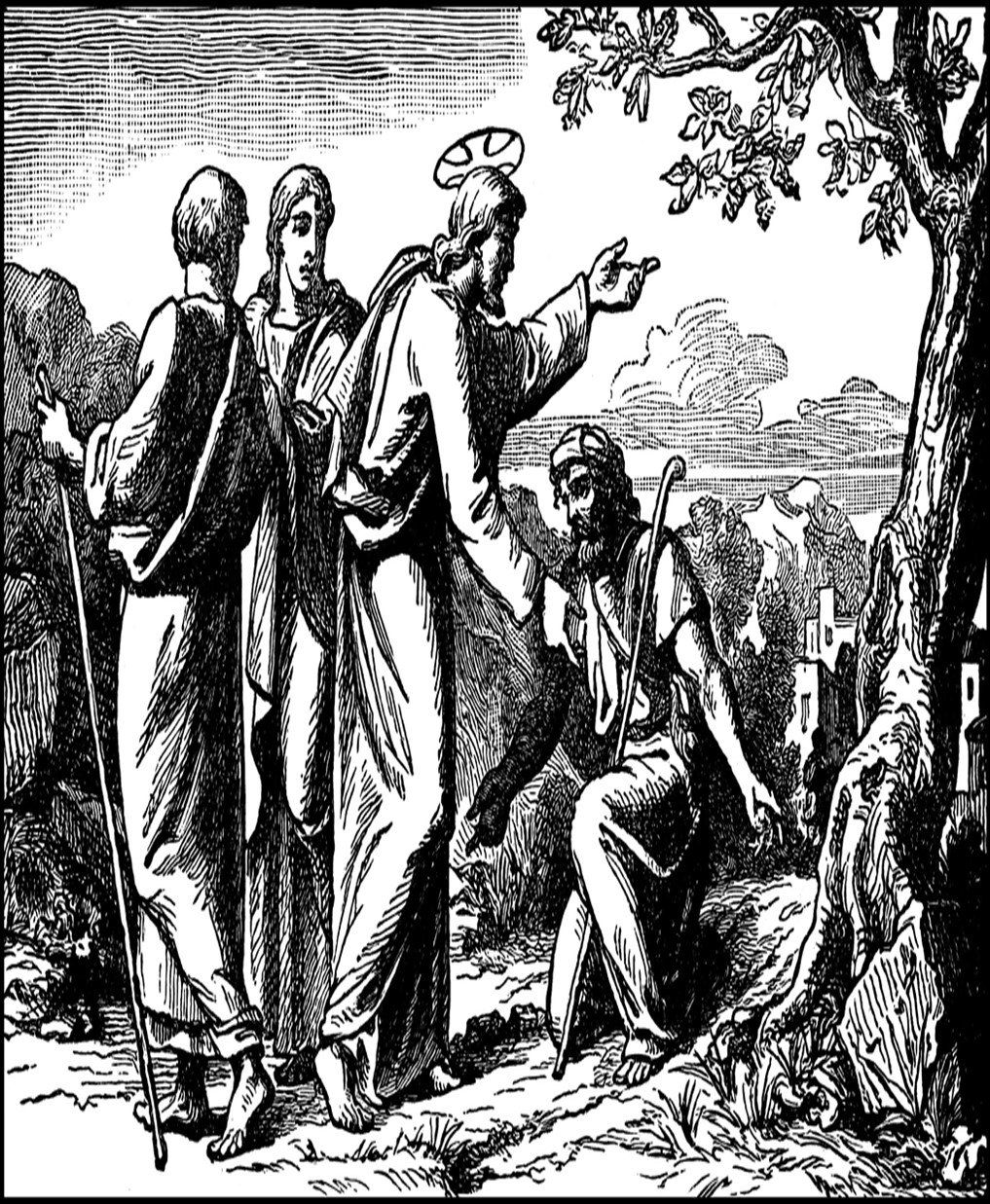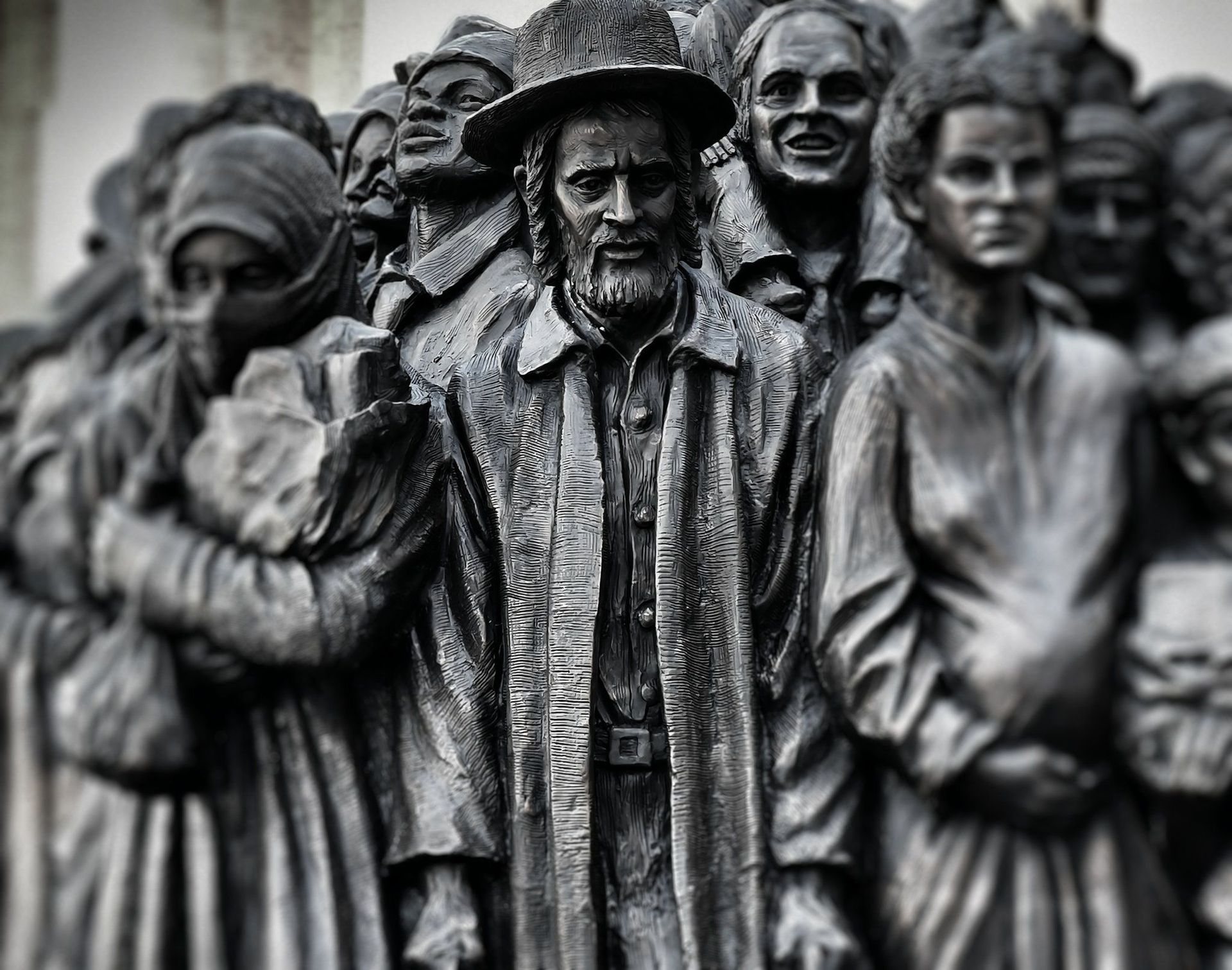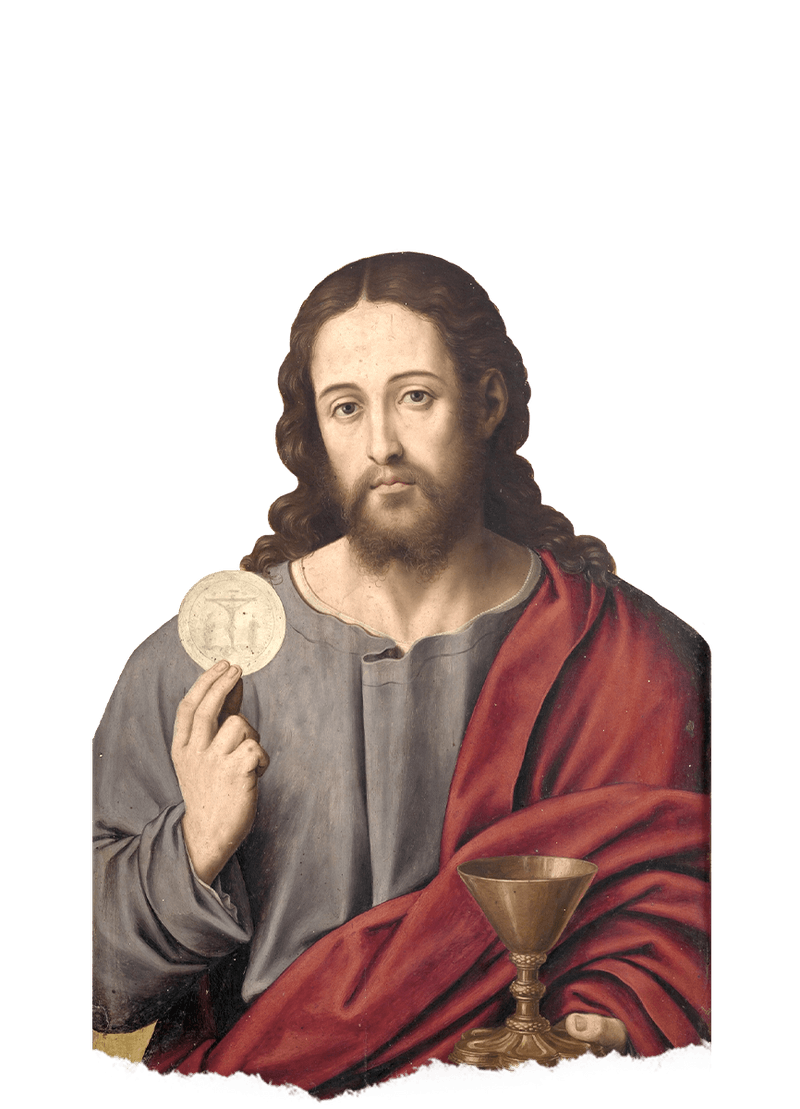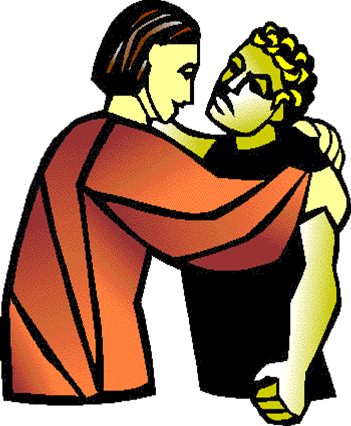"Ten were cleansed, were they not? Where are the other nine? Has none but this foreigner returned to give thanks to God?" (Luke 17: 17-18)

The story of the cleansing of the ten lepers which presents the healing-miracle, is exclusive only to the gospel of Luke. It doesn’t appear in other gospels, it has a parallel in the story of Naaman in the first reading in the second book of kings 5: 14-17 who returned to the man of God and acknowledged the Lord, though. This intriguing story shows us miraculous healing doesn’t necessarily equate and result to or better yet, there’s a disconnect between Christian experience of salvation and conversion. The cleansing of the Ten Lepers is a response to the question and confusion that has troubled the ancient church. The story presupposes a belief in the difference between the world of man and divine world and that humanity is constantly faced and inflicted by evil and demonic forces. They seem to be in full control causing human ills and problems. Mankind is besieged by terror, poverty, hunger, sickness, disease, and catastrophes. Suffering, despair, loneliness, and the likes assault us. Even our past demonized us. When we are faced with terrible situations, we, like the lepers, seek for miracles, healing, and divine intervention whose powers can overcome the other forces and in turn, control us. From time to time and only in rare cases, does God interact and intervene in human affairs in a world constantly threatened by evil forces. These are powers which we are unable to defend and free ourselves. We can predict and detect a forthcoming natural calamity, but we can’t avoid it. Whether it’s a result of climate change belongs to a separate discussion. There is a constant threat to life wherever you live or regardless of your location even underground. A toxic environment perverts and dehumanizes us. Only a recognition of divine intervention can there be a change in environment and control by divine power and reversal take place. Only then can a human existence in the truest sense of the word will appear, a world purified and exorcised.
The gospel story begins with Jesus entering a village. The exact place remains vague. The lepers saw Jesus from a far and remained at a distance, a long way off. The encounter between Jesus and ten lepers was not in proximity. They seem to know Jesus by turning to him and calling him in prayer, “Jesus, master, have mercy on us” (v. 13). To be healed of their physical ailment that is, leprosy - the worst, the most terrible, dreadful disease at that time was their only wish. Jesus saw them and dismissed them with a command, “Go, show yourselves to the priests!” (v. 14). It seems that the healing occurs on the way to the (Jewish) priests. They didn’t have faith but only confidence in Jesus that he would be able to carry out the miracle.
After the miraculous healing comes the surprising and puzzling part, that is, the return of only one leper. The other nine experienced the same healing but probably, for them, being healed was only superficial even after experiencing the healing of a lifetime, the most dramatic and transformative moment of their lives. For them, it was nothing more than a lucky coincidence. There was nothing beyond being cured even if it was biggest thing that happened to them. They could not go anything further than that. They just didn’t see anything deeper whatsoever on what happened to their lives. They failed to see anything beyond the physical that is, to give glory to God. This should have been automatic or the easiest thing. It happens all the time, though. Only one leper saw something extraordinary. He fully understood what really happened. For the Samaritan, it was the biggest thing in his life. For him, to be healed also means being saved. There was something more than merely physical healing. Divine salvation was at hand. The return symbolized his conversion to Christianity, a disciple of Jesus. I probably can shift our attention to the other nine which at some point, demands some thought but the flow of the story per the master narrator, in a positive sense, takes us to the unlikely and unexpected part of the scenario that is, the one who returned and praised God by an act of prostration before Jesus and thanksgiving. He was a grateful Samaritan. He was someone not expected to do such a thing. This is what happens after conversion to Christianity and becoming a disciple of Jesus. Although we don’t have details as to his conversion, undoubtedly, the miraculous healing played a significant part. We can assume that the healing was not enough to say the reason for his conversion because the other nine experienced the same exact thing. The profound difference is that the Samaritan saw something different a life-changing event, if you will, after healing. Our observation tells us that not even the encounter with Jesus was enough for conversion. So, the question remains, why only one came back? And what was so surprising is that it was a Samaritan which made the story even more interesting. Jesus’ power to heal doesn’t need to be very formal. It can happen from a distance. Unlike in other instances, he didn’t say anything to cause healing but only, “Your faith has saved you” (v. 19).
Let us join Jesus in his astonishing response in the form of three questions: were not ten people healed? Were not all ten cleansed? Where are the other nine? the nine others where are they? (v. 17) Were none found to return and give glory to God except this foreigner? (v. 18). Could none be found to come back and give praise to God except this foreigner? He obviously loved the return of the one but also of the other nine. Conversion is the change of attitude. It is the seeing that mattered most more than the healing. Seeing meant that he understood what happened to him. Only one experienced a miracle as it really is, that is, miracle is divine salvation. Jesus was the mediator between healing miracle and salvation and conversion. Amen.
PARISH BLOG



